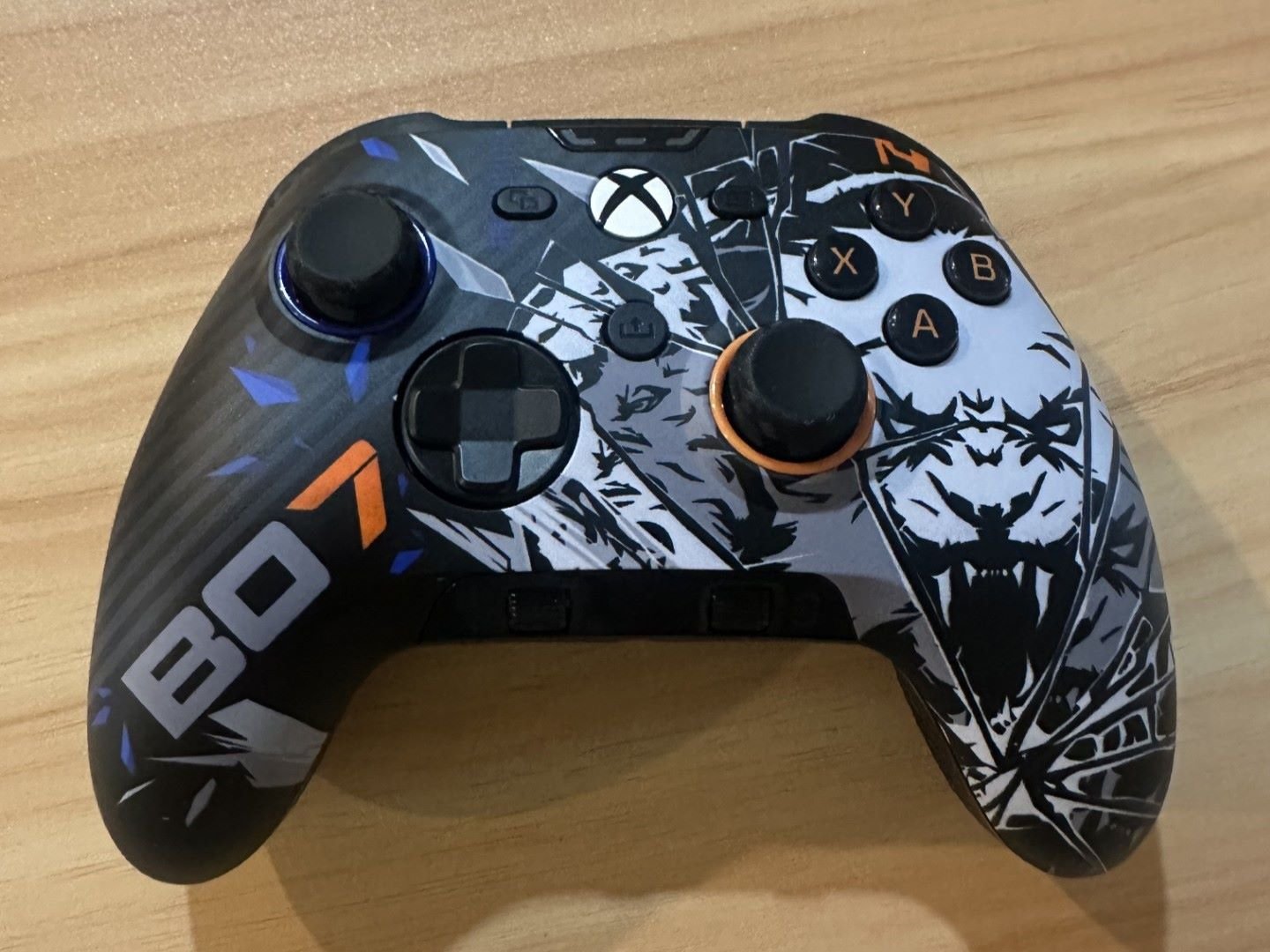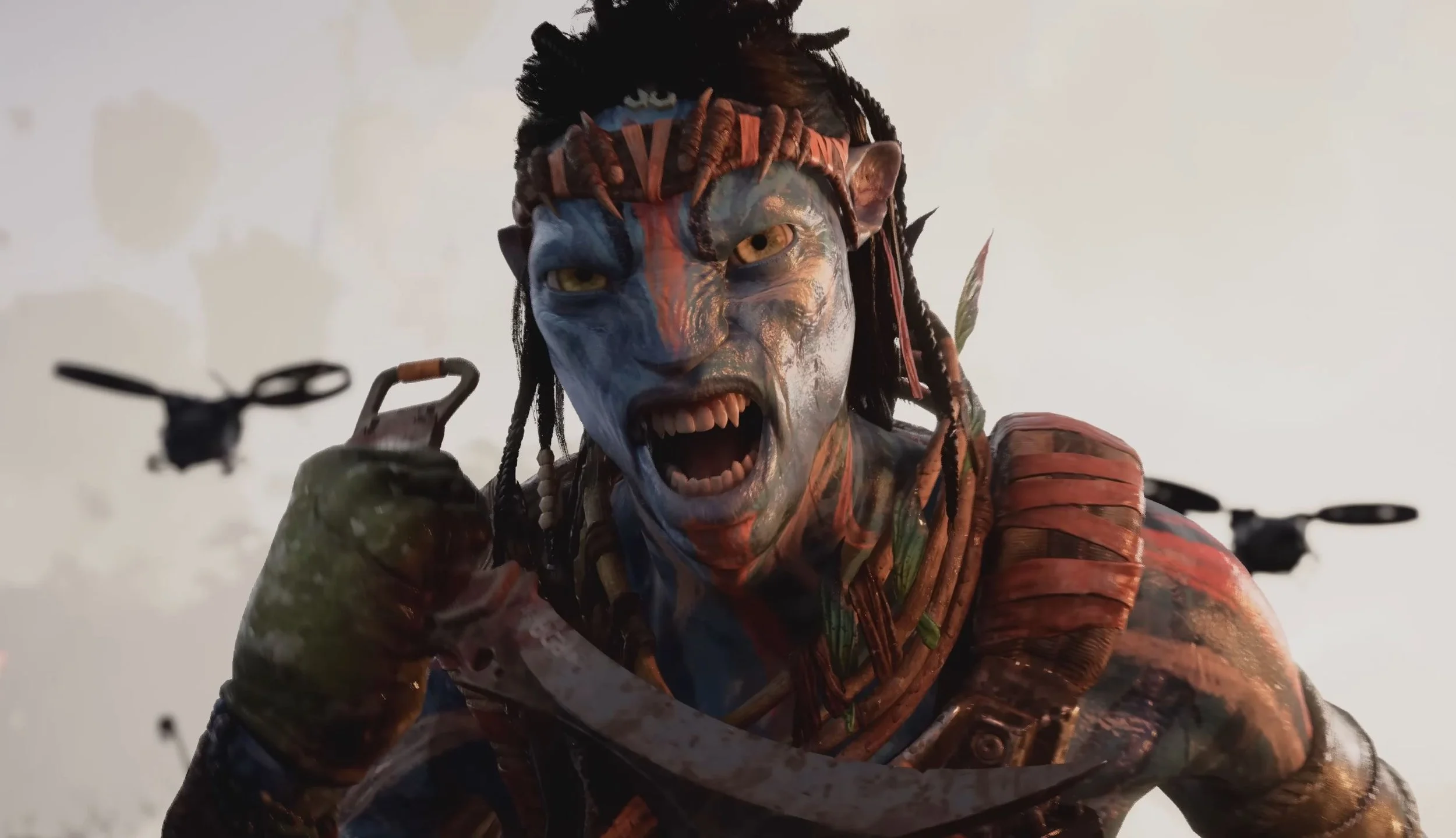Last weekend, I dropped by the Boston apartment of Smash writer Anokh “Edwin_Budding” Palakurthi to discuss his soon-to-be-published volume of Super Smash Bros. Melee history, “The Book of Melee.” Palakurthi and I first met through the Smash scene in 2017, and I was excited to catch up with him and hear his thoughts on the book during the week leading up its release.
Even before I met Palakurthi, I was an avid reader of his blog, a compendium of deeply researched analyses of Melee’s history and metagame. “The Book of Melee” is the culmination of his creative efforts, a multifaceted work that combines years of in-depth research with an unabashed adoration for Melee. (I should know—I edited it.)
This is not the first full-length work to be written about Melee; that title likely goes to Chris “Wife” Fabiszak’s “Team Ben: A Year as a Professional Gamer.” Masaya “aMSa” Chikamoto has also published a memoir about his career, and Jason “Mew2King” Zimmerman reportedly has one in the works as well.
But “The Book of Melee” isn’t a memoir. It’s a work of narrative non-fiction that provides readers with a detailed timeline of every important tournament, every metagame-defining set, and every fierce rivalry in Melee history. In Palakurthi’s own words, he “took a very detached, very show-and-not-tell approach” to telling the story of Melee. The end result was a comprehensive text that could someday be used to teach the history of competitive Smash in a college classroom. (Don’t worry, it’s still an entertaining read.)
Anokh Palakurthi is also known within the Melee scene for his weekly column, “Monday Morning Marth.”
In order to fully appreciate the labor behind this work, I began by asking Palakurthi how he got his start in Smash writing.
Though he majored in journalism at the University of Connecticut and wrote for the school newspaper, The Daily Campus, Palakurthi hadn’t yet expanded into Smash journalism when he graduated in 2016. “When I graduated school, there was a deep void in my life,” he said. “I was searching for a job, I didn’t know what my future in Melee was going to be, I didn’t know if I was going to be working in journalism or not.”
At the time, Palakurthi was living with his parents, thirty minutes south of Boston. A longtime Melee player and tournament organizer within the UConn scene, he was interested in writing about Smash, but wary of the editorial constraints he perceived within the world of mainstream journalism.
Palakurthi was a co-founder of the “Melee Stats Podcast,” which ran for eight episodes across two seasons.
Palakurthi’s interest in Smash journalism increased as he joined the nascent Melee Stats Discord channel. Eventually, he decided to start his own blog after receiving encouragement from another Smash writer, Michael “Pikachu942” Forde. “If it weren’t for him, then I don’t know if I ever would’ve started,” said Palakurthi.
After meeting on GameFAQs, Palakurthi and Ford decided to collaborate on a “Year in Review” series to be hosted on Palakurthi’s blog, which he had created to share pithy articles about traditional sports and popular culture in late 2015. Palakurthi’s deep Melee knowledge and writing chops meshed well with Ford’s meticulous research, and they soon became regular writing partners, producing the well-received “The Top 100 Melee Players of All Time” series in 2018.
Working alongside Pikachu942, Palakurthi’s early forays into Smash writing helped raise his profile within the Smash scene, giving him the confidence he needed to forge ahead with a book-length work.
“I think actually Tafo and Blur joked about this on [their podcast “The Commentator’s Curse,”] but they talked about how somebody should write a book on Melee, and that’s what gave me the idea,” Palakurthi recounted. In late 2016, he plunged into the writing process. The first draft of his book was a massive 220-page, 98,000-word tome; three years and six drafts later, he emerged with a polished 126-page manuscript.
Though Palakurthi’s journalistic style draws inspiration from traditional sportswriters like Bill Simmons and Paul “Dr. Z” Zimmerman, he confided that his direct inspiration for “The Book of Melee” came from a very different source.
“My approach to writing a book was to write it so that it was the expanded edition of The Smash Brothers,” said Palakurthi. “I took a deliberate approach to universe-building, and my biggest inspiration for that was actually reading The World of Ice and Fire, by George R.R. Martin...it’s world-building through the lens of a few major characters, but you never lose track of the development of the world, and these little things that added up. I tried to take a similar approach.”
Other sources of inspiration for Palakurthi were veteran Smash writers Marco “Oats” Salazar de Leon and Robin “Juggleguy” Harn. In particular, Palakurthi cited Juggleguy’s “Year in Review” Smashboards article series as a significant influence. “People ask me all the time who my favorite Smash writers are,” said Palakurthi, “and it’s Juggleguy...he has a legacy as a tournament organizer now, but one of the best things he ever did for the scene was the “Year in Review” series.”
“I took a deliberate approach to universe-building, and my biggest inspiration for that was actually reading The World of Ice and Fire, by George R.R. Martin.”
Unfortunately, said Palakurthi, he found that the universe of Smash was far too expansive to be contained within a single volume, and he inevitably had to make hard decisions when it came to cutting content. “There’s Smash rap, there’s Smash journalism, there’s all these little things,” said Palakurthi. “Smash rap has its own weird amount of lore. If you explain this to someone outside the scene, it’s fantastical—they wouldn’t believe it.”
But for Palakurthi, the hardest choice was his decision to avoid discussion of the social issues that have long plagued the Smash scene, from the rampant use of the word “rape” in older Smash content to the domestic violence controversies surrounding players like Ryan “Ryan Ford” Ford and James “Mafia” Lauerman. An admittedly blunt communicator known to be outspoken about marginalized voices in Smash, Palakurthi was ultimately unable to justify the digression from his mission of documenting tournament results.
Palakurthi indicated that he may someday pursue a project dedicated specifically to documenting these darker facets of the scene. “In a book about the Melee community’s highs and lows, I found it very difficult to talk about different situations...in a way that wouldn’t seem really inappropriate in a broader narrative about the community,” he said.
Though Melee has hit somewhat of a plateau in viewership and tournament attendance, Palakurthi ended our conversation by reaffirming his confidence that both Melee and its community are here to stay.
“You know me as a big Nintendo skeptic,” he said, “but I think it’s objectively true that, when Smash is in the spotlight because of a new game, it does help the community as a whole, as far as exposure goes. So as long as Smash remains a premier series, I have no doubt that people will find out about Melee, and enough people will be excited to keep the community and the scene alive.”
A first look at the cover of “The Book of Melee.”
Palakurthi’s positive outlook shines through in the conclusion of his book. “The book is a celebration of Melee as a lifestyle and as a pop culture trend that just didn’t go away,” he said. “And maybe it’ll go away someday, but that just means it’s gone from the spotlight—it doesn’t mean that people don’t care about Melee or that it’s less important.
“I want this book to be a relic of our resilience. I want it to be a relic of something that Smashers can look back at when they’re in their forties. Maybe they’ve got a wife, or a husband, and kids… They have this book sitting next to their bed, and they can look back fondly at what their community accomplished.”
Follow Anokh Palakurthi on Twitter learn more about the upcoming release of “The Book of Melee.”























